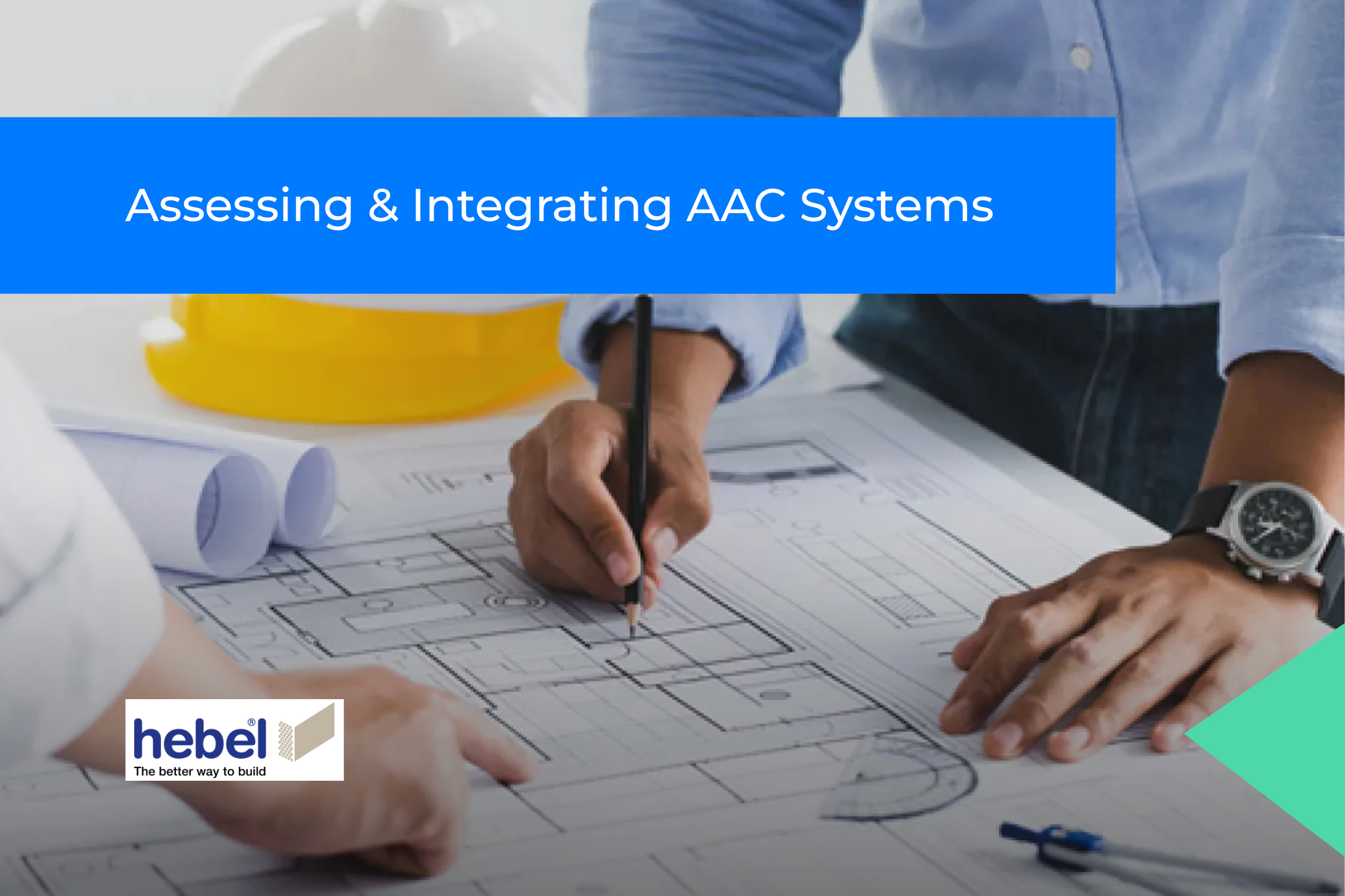Assessing & Integrating AAC Systems

A lightweight cellular concrete building material, made from sand, cement, lime, gypsum, water and expansion agent, autoclaved aerated concrete (AAC) is manufactured as either steel reinforced panels or unreinforced blocks.
Thanks to its many benefits – which include strength, excellent thermal and acoustic properties, fire resistance, non-toxicity, low cost, workability, and ease of handling – AAC is suitable for a broad range of architectural systems and applications.
In residential applications it is used for exterior walls, floors, and fencing. In multi residential developments, it is used on zero boundary, party walls, dual zero boundary walls, and more. In commercial applications, it is used in intertenancy and corridor walls, in fire tunnels, on façades, while in civil projects it is often used for acoustic fire walls and sound barriers.
Given this versatility, the popularity of ACC is on the rise. Considering the various regulations associated with the material, its specification should always involve attention to detail. This CPD Live session is intended to help those looking to use it to do just that. Our speakers will identify and outline strategies to help you accurately assess, and then integrate, AAC Systems into your projects.
Learning Outcomes
By the end of this session, you should be able to:
- Explain what autoclaved aerated concrete (AAC) is, how it is made and where it is used
- Recognise the three parts of Australian Standard AS5146, as they apply to AAC
- Outline the Fire-rating compliance, acoustic compliance and thermal performance requirements of AAC
- Outline the various considerations involved in selecting and specifying AAC systems
(PC28 PROJECT INITIATION AND CONCEPTUAL DESIGN, PC28 PROJECT INITIATION AND CONCEPTUAL DESIGN, PC46 DETAILED DESIGN AND CONSTRUCTION DOCUMENTATION)
Speakers

Wahab Kazim, Specification Manager, CSR
Wahab is a Civil Engineer with a passion for blending technical expertise with strategic problem-solving. With experience in specification, project management, and business development, he thrives on simplifying complexity and helping architects and engineers make informed decisions. Currently at CSR as Specification Manager, he focuses on AFS and Hebel, working closely with specifiers to ensure the best outcomes for their projects.
Wahab enjoys collaborating with teams, driving innovation, and communicating technical insights in a clear and engaging way. His approach is rooted in structured thinking, creativity, and a strong focus on building meaningful connections.
